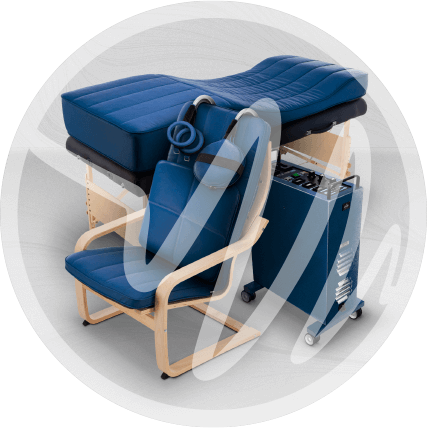A Supportive Ally in Cancer Recovery: How PEMF Therapy Enhances Oncology Care
A cancer diagnosis can change everything, bringing physical, emotional, and mental challenges that persist long after treatment begins. While traditional oncology focuses on attacking the disease through chemotherapy, radiation, or surgery, many patients also seek complementary cancer therapy to manage side effects, improve energy, and aid recovery. That’s where PEMF therapy (Pulsed Electromagnetic Field therapy) offers hope, as a non-invasive, drug-free cancer therapy support that works with the body to support healing during and after cancer care.

What Is PEMF Therapy?
PEMF therapy uses gentle, low-frequency electromagnetic pulses that penetrate deep into the body’s tissues. These pulses stimulate the body at a cellular level, enhancing circulation, reducing inflammation, promoting repair, and improving cell energy production. It’s FDA-cleared for specific applications, and many clinical studies support its benefits for pain relief, healing, and recovery.
PEMF therapy is not a cure for cancer in oncology settings. Still, it can play a valuable role in integrative oncology support, helping patients cope with treatments’ physical stress, manage side effects, and improve quality of life.

How PEMF Therapy Supports Cancer Patients
Reduces Pain and Inflammation
Cancer and its treatments often lead to localized pain, inflammation, and tissue damage. PEMF therapy has been shown to help modulate inflammatory responses and reduce pain by calming overactive nerves and improving blood flow to affected areas. It’s an effective method to reduce inflammation in cancer care and promote comfort throughout treatment.
Supports Nerve Repair (for Chemotherapy-Induced Neuropathy)
One of the most common side effects of chemotherapy is peripheral neuropathy—numbness, tingling, or burning pain in the hands and feet. PEMF therapy has been studied for its ability to support nerve regeneration and relieve symptoms of nerve damage, offering a drug-free cancer therapy support option for long-term relief.
Enhances Energy and Reduces Fatigue
Cancer-related fatigue can be overwhelming and often lingers long after treatment ends. PEMF therapy stimulates mitochondrial activity within cells, which helps improve ATP production—your body’s cellular energy source. Many users report increased vitality and improved energy after chemotherapy, helping them feel more alert and engaged throughout the day.
Accelerates Healing Post-Surgery or Radiation
Surgical wounds and radiation-damaged tissues often struggle to heal efficiently due to inflammation and reduced blood flow. PEMF therapy promotes circulation and tissue regeneration, helping wounds close faster and damaged skin or muscle recover more completely. It’s increasingly used as a safe and supportive approach to PEMF for post-surgery healing and PEMF for radiation recovery.
Improves Sleep and Mood
Sleep disruption, anxiety, and depression are common among individuals facing cancer. PEMF therapy has been shown to help balance the nervous system, support better rest, and reduce stress hormones—two crucial elements for overall wellness and emotional resilience. This makes PEMF a valuable tool in integrative oncology support programs for whole-body healing.
A Safe Complement to Standard Cancer Care

Gentle, Restorative Support When You Need It Most
What the Research Says
View Clinical Research on PEMF and Arthritis Relief:
- Study: Modification of Osteoarthritis by Pulsed Electromagnetic Field—A Morphological Study
- Study: The Use of Magnetic Fields in the Treatment of Patients with Rheumatoid Arthritis
- Study: Pulsed Electromagnetic Field Therapy for the Management of Osteoarthritis-Related Pain, Stiffness, and Physical Function: Clinical Experience in the Elderly
- Study: Exposure to a Specific Pulsed Low-Frequency Magnetic Field: A Double-Blind, Placebo-Controlled Study on Pain Reduction in Rheumatoid Arthritis and Fibromyalgia Patients
- Study: Pulsed Electromagnetic Fields in Knee Osteoarthritis: A Double-Blind, Placebo-Controlled, Randomized Clinical Trial
- Study: Effects of Pulsed Electromagnetic Field Therapy on Knee Osteoarthritis: A Systematic Review
